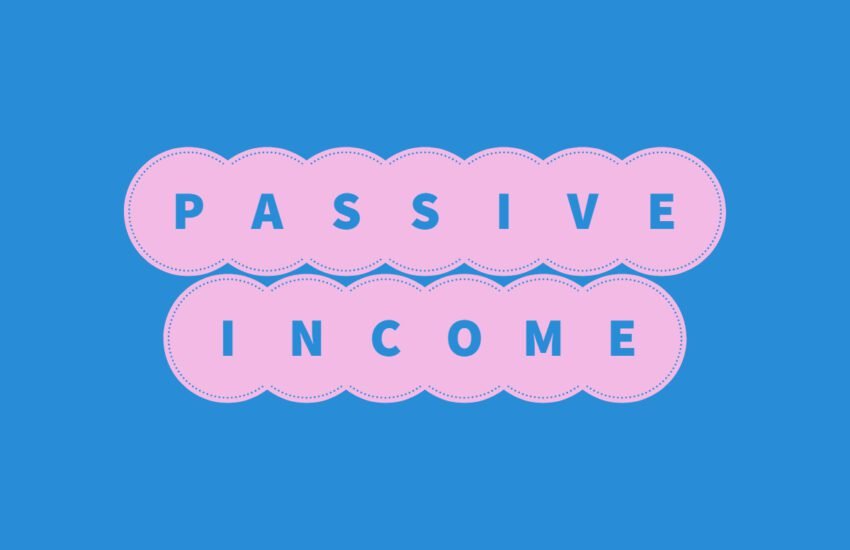How to Get Google to Recrawl URLs on Your Website
- What is Google Crawl?
- Steps To Get Google to Recrawl Your Website
- Conclusion
- Frequently Asked Questions
- 1. Why is it important to get Google to recrawl URLs on my website?
- 2. How often does Google automatically recrawl websites?
- 3. What are the methods to request Google to recrawl specific URLs?
- 4. How long does it take for Google to recrawl a requested URL?
- 5. Can I control the priority of URLs for Google to recrawl?
- 6. How can I monitor the status of requested URL recrawls?
- 7. What should I do if Google doesn’t recrawl my requested URL?
- 8. Are there any risks associated with requesting Google to recrawl URLs frequently?
- 9. Will requesting Google to recrawl URLs affect my website’s ranking?
- 10. Are there alternative methods besides Google Search Console to request URL recrawls?
What is Google Crawl?
Crawling is like Google’s way of exploring the internet. Imagine Google as a massive spider called a “crawler” or “bot” that travels from one webpage to another through links. It starts from a set of known pages (often called seed URLs) and follows links to other pages.
When the crawler arrives at a webpage, it reads the content and follows any links it finds, adding those pages to its to-do list. It also indexes key information about each page, like keywords and metadata, to understand what the page is about. This process continues recursively, with the crawler visiting new pages and following new links until it’s covered a significant portion of the web.
Think of it as a spider weaving its web: it starts with one strand, then adds more strands as it explores further. This allows search engines to build a map of the web and understand the relationships between different pages, helping users find the most relevant information when they search.
Steps To Get Google to Recrawl Your Website
Having your website indexed by search engines like Google is crucial for visibility and organic traffic. However, sometimes you may need to update or remove certain URLs from your site.
In such cases, it becomes necessary to prompt search engines to recrawl and reindex those URLs.
In this guide, we will walk you through the steps on how to get Google to recrawl URLs on your website.
1. Create a Sitemap
A sitemap is a file that lists all the URLs on your website and provides information about their relationships and importance. Creating a sitemap is essential for search engines to understand the structure of your site and discover new or updated URLs.
To create a sitemap, you can use various online tools or plugins depending on your website platform. Once you have generated the sitemap, submit it to Google Search Console, which is a free tool provided by Google for website owners.
2. Use the Fetch as Google Tool
The Fetch as Google tool in Google Search Console allows you to submit individual URLs for crawling and indexing. It is particularly useful when you want to expedite the process for specific pages or when you have made significant changes to a particular URL.
To use the Fetch as Google tool, follow these steps:
- Login to Google Search Console and select your website property.
- Navigate to the “Crawl” section and click on “Fetch as Google”.
- Enter the URL you want Google to recrawl and click on “Fetch”.
- Once the fetch is complete, click on “Request Indexing” to submit the URL for indexing.
It’s important to note that excessive use of the Fetch as Google tool may lead to rate limiting, so use it judiciously.
3. Update Internal Links
Internal links play a significant role in guiding search engine crawlers through your website. When you update or remove a URL, it is essential to update any internal links pointing to that URL to ensure proper navigation and indexing.
Scan your website for any internal links that point to the URLs you want Google to recrawl. Update those links to reflect the new or updated URLs. This will help search engines discover the changes and recrawl the URLs more efficiently.
4. Share Updated URLs on Social Media
Social media platforms can be a great way to notify search engines about your updated URLs. When you share the updated URLs on social media, search engine bots are likely to encounter them and recrawl them faster.
Share the updated URLs on your social media profiles, and encourage your followers to engage with the content. This will not only increase the visibility of your updated URLs but also help search engines discover them more quickly.
5. Monitor Google Search Console
Regularly monitoring Google Search Console is essential to ensure that your website is being crawled and indexed correctly. It provides valuable insights into how Google sees your website, including any indexing errors or issues.
Check the “Coverage” report in Google Search Console to identify any URLs that are not being indexed. If you find any issues, take the necessary steps to fix them and resubmit the affected URLs for indexing.
Conclusion
By following these steps, you can effectively prompt Google to recrawl URLs on your website. Remember that crawling and indexing times may vary, so it’s important to be patient while waiting for search engines to discover and update your URLs.
Optimizing your website for search engines is an ongoing process, and keeping your content fresh and up to date is crucial for maintaining visibility in search results. By regularly monitoring and updating your URLs, you can ensure that your website remains relevant and accessible to both users and search engines.
Frequently Asked Questions
1. Why is it important to get Google to recrawl URLs on my website?
Recrawling URLs is crucial for ensuring that your website’s latest content and updates are indexed by Google. When Googlebot revisits your site, it can discover any new pages, changes, or improvements you’ve made since its last visit. This helps to keep your site’s information fresh in Google’s index, improving its visibility in search engine results and driving organic traffic to your site.
2. How often does Google automatically recrawl websites?
Google automatically recrawls websites at varying frequencies based on factors like the site’s authority, update frequency, and content changes. Typically, popular and frequently updated sites are crawled more often, while less active sites might be crawled less frequently. However, you can influence the recrawling frequency by using tools like Google Search Console and implementing best practices for site optimization.
3. What are the methods to request Google to recrawl specific URLs?
There are several methods to prompt Google to recrawl specific URLs:
– **Google Search Console:** Use the “URL Inspection” tool to request indexing for individual URLs.
– **Sitemap Submission:** Submit an updated XML sitemap to Google Search Console, indicating changes.
– **Linking:** Place links to the updated URLs on high-traffic pages to encourage Google to recrawl them sooner.
– **Ping Services:** Use ping services like Ping-O-Matic to notify search engines about updates on your site.
4. How long does it take for Google to recrawl a requested URL?
The time it takes for Google to recrawl a requested URL varies depending on several factors, including the site’s crawl budget, the importance of the URL, and Google’s overall crawling schedule. Generally, Google aims to recrawl important and frequently updated pages more frequently. However, it’s not uncommon for it to take anywhere from a few hours to several days for Google to recrawl a requested URL.
5. Can I control the priority of URLs for Google to recrawl?
Yes, you can influence the priority of URLs for Google to recrawl using various techniques. Prioritize important URLs by ensuring they are linked prominently within your website’s structure. Additionally, regularly updating and publishing fresh content signals to Google that these pages are a priority for recrawling. Utilizing XML sitemaps and submitting them to Google Search Console can also help specify the priority of URLs for recrawling.
6. How can I monitor the status of requested URL recrawls?
Google Search Console provides tools for monitoring the status of requested URL recrawls. The “URL Inspection” tool allows you to check the indexing status of individual URLs and see when they were last crawled. Additionally, the “Coverage” report provides insights into the overall indexing status of your site, including any errors or issues preventing Google from crawling or indexing your pages properly.
7. What should I do if Google doesn’t recrawl my requested URL?
If Google doesn’t recrawl your requested URL within a reasonable timeframe, there are several steps you can take:
– **Double-Check Request:** Ensure that you’ve properly requested the URL for recrawling through Google Search Console or other methods.
– **Check for Errors:** Investigate if there are any errors or issues preventing Google from accessing or indexing your URL, such as robots.txt directives or crawl errors.
– **Optimize for Crawlability:** Improve your site’s crawlability by optimizing internal linking structures, improving site speed, and fixing any technical issues that may hinder Googlebot’s access.
8. Are there any risks associated with requesting Google to recrawl URLs frequently?
There are generally no significant risks associated with requesting Google to recrawl URLs frequently. However, excessive requests for recrawling may consume your site’s crawl budget unnecessarily, potentially impacting the crawling of other important pages. It’s essential to prioritize recrawling requests for critical and frequently updated content while avoiding excessive requests for less important pages.
9. Will requesting Google to recrawl URLs affect my website’s ranking?
Requesting Google to recrawl URLs itself won’t directly impact your website’s ranking. However, ensuring that your site’s content is regularly recrawled and indexed by Google is essential for maintaining and improving its ranking. By keeping your content fresh, relevant, and properly indexed, you can enhance your site’s visibility in search engine results and potentially improve its ranking over time.
10. Are there alternative methods besides Google Search Console to request URL recrawls?
While Google Search Console is the primary tool for managing and monitoring URL recrawls, there are some alternative methods available. Third-party SEO tools often offer URL submission features that can request recrawls from search engines. Additionally, you can indirectly prompt recrawling by promoting your updated content through social media, email newsletters, or other channels, encouraging users and search engines to revisit your site. However, Google Search Console remains the most reliable and direct method for requesting URL recrawls.


